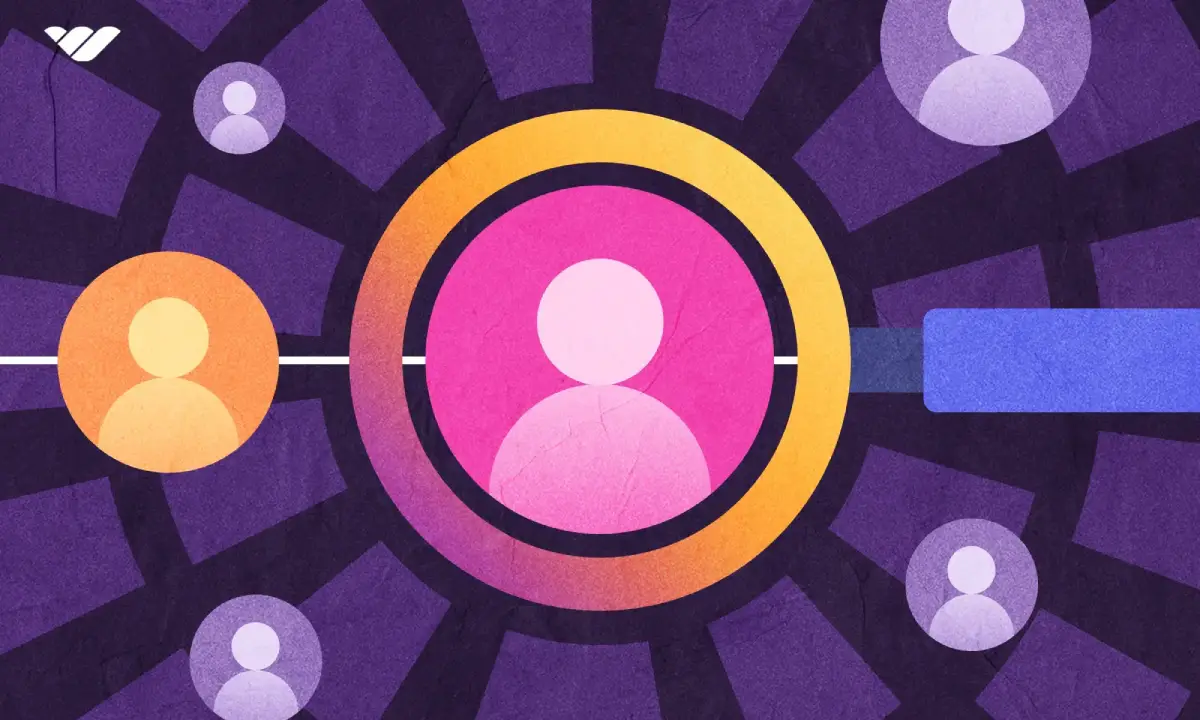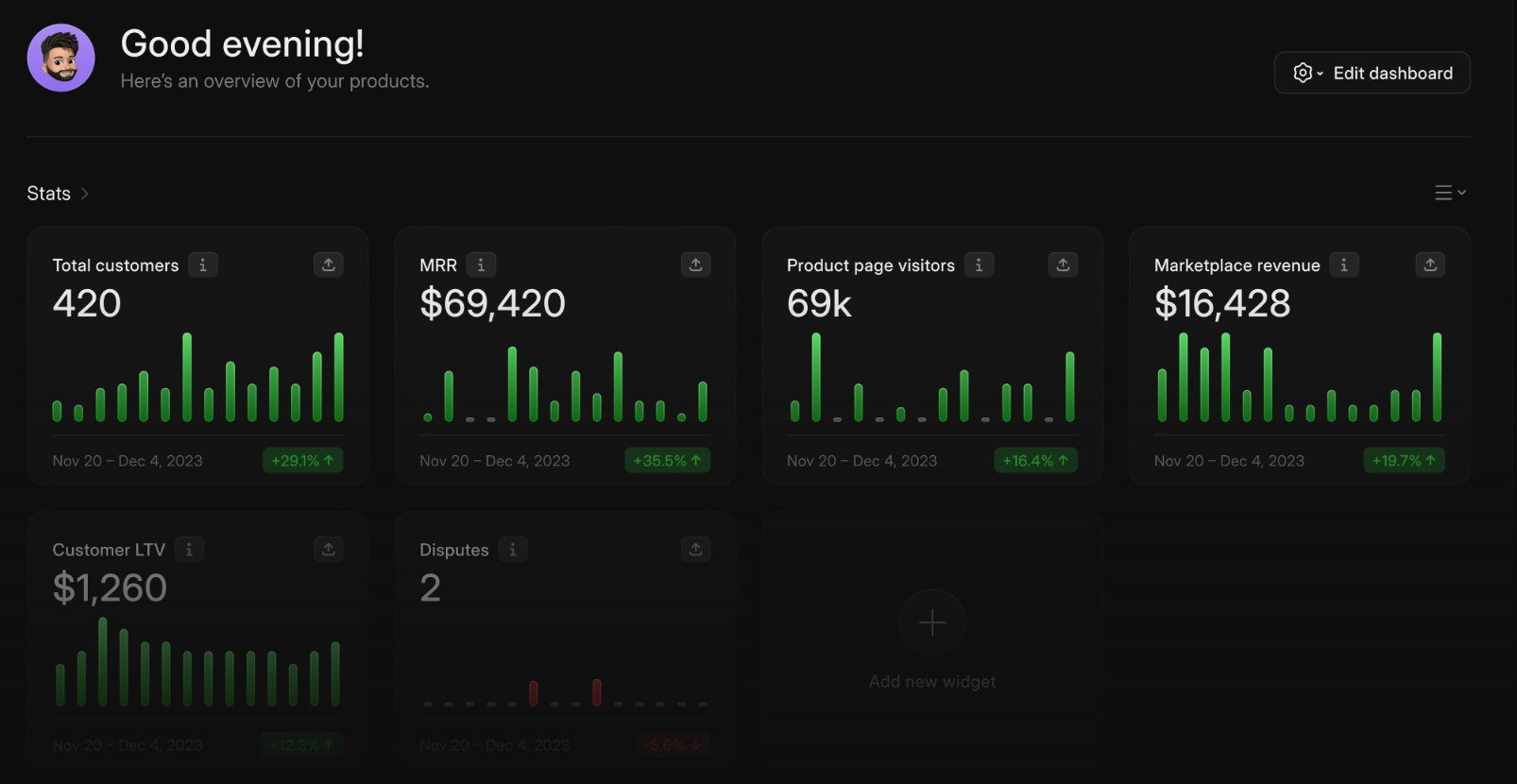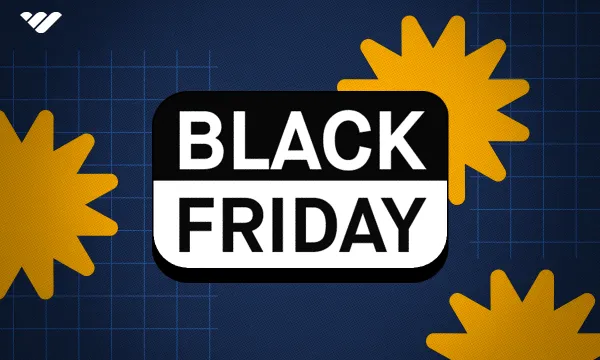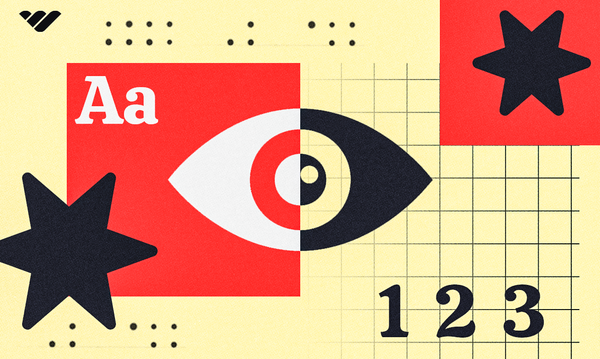If you want to sell products online, you'll need to market them. To market a product effectively, you have to have a compelling message that will appeal to prospective customers.
The saying goes 'Build it and they will come' - however, with so many products available, it can be difficult to stand out among the crowd. No matter how great your product is, if you aren't marketing it correctly, it won't sell. To really sell your product you need to not just explain what your product does but why your customers should buy it - consumers don't buy products because of their features, but because of the benefits that those features offer.
However, if you don't know who your target audience is, you can't explain what those benefits are.
Enter, the Target Persona - a tool that helps marketers better understand who they're speaking to with their messages.
What is a Target Persona?
A target persona is a fictitious person that a marketer creates to help them better understand how to address their target audience. Marketers gather data about their top consumers and use that data to build a profile of that person, their needs, and interests.
With that knowledge in mind, marketers can create engaging content that is tailored to that type of individual, building trust and increasing customer satisfaction.
Let's imagine you're a fitness influencer who sells mobility work, and you notice that you have some repeat customers who buy every video and course you produce. One of them is Mike, a 25-year-old martial artist who is using your content to improve his performance in his combat sports. Another is Francis, a 70-year-old who's been active all her life. She's no longer able to drive to the gym, but she uses your mobility courses to help herself stay limber from home.
Let's face it, beyond enjoying alligator walks and monkey crawls, those two people don't have much in common. If you want to reach more people from each of those demographics, you'll need to run separate marketing campaigns for each one. This requires you to know what they're interested in, which social media platforms and websites they spend a lot of time on, and what problem, want, or need it is that your product solves.
Similarly, sometimes a product might appeal to an unexpected demographic. For example, many adults enjoy the My Little Pony franchise, despite the show being targeted to younger children. Dr Martens boots were originally intended to be simple, utilitarian work boots, but eventually became an icon of youth culture.
When a brand sees success in a demographic outside of its original target audience, it has a golden opportunity to embrace that success and grow its market share, but while doing so it must remain mindful of its original audience, and how they made the brand a success. Achieving this balance requires a lot of skill and thought from a marketing team.
Why are Target Personas Important?

Target personas are useful because they help companies improve the efficiency of their lead generation. This can have many benefits when it comes to your bottom line. Here are a few of them:
- Boost Your Revenue
If you're able to identify an untapped market and attract customers from that demographic, you can achieve a significant boost in your sales figures. Target personas help you refine your marketing efforts quickly and effectively. - Lower Marketing Costs
Marketing campaigns can be expensive, and if they're poorly targeted, a lot of that money will go to waste. Rather than running broad campaigns that may miss the mark with a lot of people who see them, use target personas to run smaller, more focused campaigns that cost less and are more likely to convert. - Increase Your Marketing ROI
Having target personas to help guide your marketing efforts can do more than just lower your marketing costs. It enables you to run tailored campaigns at high-impact times and to promote specific products to specific audiences. Seasonal sales or new product launches can have campaigns focused on specific groups. This gives you a targeted boost to your sales and increases the ROI for each campaign.
How to Create a Target Persona
So how do you create a target persona? The process is simple. Here are the six steps to creating a target persona:
1. Gather existing customer data:
Look at your current customer list and break those individuals down into different groups based on their age, gender, location and any other details you may have about them. You may have to infer certain details - for example, using a person's ZIP code you could estimate their income. If you have the resources to do so, sending out consumer surveys or running focus groups could help you get a better understanding of your target market.
2. Describe their needs and pain points
Based on the customer's data, and any other information you may have about them (for example if they've given you a testimonial), consider their needs and pain points.
Perhaps Blair, aged 21, is a young student who took your cooking course because he's just moved out of halls of residence and is cooking for himself for the first time. Meanwhile Rachael, aged 42 is a busy professional who wants to try meal prepping to save time and money, and she downloaded some of your healthy recipe packs to assist with that.
Both these individuals are interested in cooking, but for different reasons, and they have different needs. Blair wants simple recipes that don't require a lot of utensils and ingredients. Rachael wants healthy food that will freeze easily and taste good when reheated.
3. Map out an ideal experience
Armed with the knowledge of each person's needs and pain points, consider how you could make an ideal product for them, what you'd charge, and how you'd market the product to them. Put yourself in their shoes and consider whether the product or service you're selling right now would appeal to them.
4. Bring your persona to life
A person is more than just a few data points. When you're making a target persona it's helpful if you can bring them to life with some additional details. What else do they spend their time and money on? What motivates them?
On paper, Blair is looking for affordable food to prepare with a few ingredients and minimal kitchen space. But he's also strapped for time because he likes to go to the gym and do other extra-curricular activities, so he needs recipes that are quick to prepare too. Plus, he's adventurous. If you can work in some exciting, foreign foods he can impress his girlfriend with, that would be a plus.
Think about the whole picture, to truly appeal to your target persona.
5. Tell a story
Write out each person's story, and give them a name that summarizes what drives them. If you have a marketing team or you're going to be getting other people to create marketing content for you, having a concise way of explaining who you're targeting is essential. Even if it's just you selling some courses and bootstrapping an online community, it's helpful to have something to jog your memory when you're planning your next campaign.
6. Organize and refine
People change and so do market trends. Creating a target persona isn't a one-time job. When you attempt to describe the needs and motivations of your customers, you're basing it on a combination of data and guesswork. Over time, you can refine that based on feedback you get from your customers, or market research work that you've done.
You may find that you made some incorrect assumptions, or that there are fewer people in a given demographic than you first thought, and that you're better off focusing your marketing efforts elsewhere. Revisit your target personas from time to time to adjust the profiles you've made based on new information.
Do You Need More Than One Target Persona?

Most B2C businesses will need to have more than one target persona. Whether you're a blogger focused on a specific industry, life coach, fitness influencer or trading signals provider, you'll have more than one demographic that's interested in what you have to offer.
Think about the people that are most likely to be interested in your product or service, and break them down into groups. Life coaches might work with entrepreneurs who are looking for someone to keep them motivated and accountable. They might also support people who are trying to change careers, and need a confidence boost. An industry expert who is selling memberships to a blog community might want to target people who work in that industry and enthusiastic consumers. Each of those demographics has slightly different needs and would respond to different marketing campaigns.
Having a couple of target personas helps you focus your marketing efforts more accurately and ensures you're not watering down your campaigns. However, it's important to consider the size of each demographic. If you create too many target personas, you might waste time and effort targeting very small demographic groups, wasting effort that could have been better spent on one main target persona.
What Kind of Target Personas Should I Create?
So far we've focused on the ideal buyer, but target personas can be useful for describing other people who are involved in the buying process too. In the B2B world, there's the concept of gatekeepers, people like secretaries and PAs who screen calls and shield key decision-makers from salespeople and other callers that the decision-maker may see as a "waste of time". There are similar personalities in the B2C world, and knowing who those people are, and what role they play, can be invaluable.
Target personas can describe all kinds of people, including:
- Detractors
These are people who could derail a sale, even if your main target persona is in favor of making the purchase. A detractor could be a dissatisfied former customer, or someone in the prospective buyer's life who disapproves of the purchase for other reasons. Knowing what those reasons are, and how to overcome the detractor's objections, greatly increases the chance of a salesperson closing a deal. - Influencers
An influencer is someone who has the persuasive power to influence a prospective customer to make a purchase. Not all influencers are people on social media with large followings. A more mundane example of an influencer might be an accountant who tells his clients to choose a specific accounting software suite or a hotel that recommends a specific taxi company to its guests. In many cases, influencers aren't people who buy your product themselves. However, because they have the power to persuade many other people to do so, it's worth winning them over. - Anti-personas
An anti-persona is someone who you don't want to market towards. That's not to say you'd necessarily turn those customers away (although in some cases you might). Rather, it's that those people aren't going to generate a large portion of your income. In the world of digital products, a marketer could choose specifically to target high-income customers looking for premium products and personal service, because they know they'll make more from a few customers at that end of the market, than serving lots of more price-conscious people. Anti-personas can be helpful when deciding where not to spend your marketing budget. If you know which communities and forums those people spend their time in, you can focus your marketing efforts elsewhere.
How You Can Create Your Target Persona With Whop

Now you know how to create a customer persona, the next challenge is to gather the data you need to do so. If you're selling products on Whop, you'll have a wealth of information available at your fingertips to help you better understand your customers.
Creators have access to a dashboard with information about their customers, including contact details, names, which products they've purchased, and more. It's even possible to collect data about customers who have canceled their subscriptions using exit surveys, helping you improve your products and offer a better customer experience in the future.
In addition to the information Whop supplies itself, there's also the option to connect Whop to Google Analytics, so you can gather more data about the performance of your marketing campaigns. This information can help you figure out whether the assumptions you've made about your customers so far are correct, or whether you need to refine your target personas.
The Whop dashboard provides an easy-to-understand, at-a-glance overview of your customer base. However, some people are more statistics-minded or may feel that as their audience grows, they want to perform more sophisticated analyses on the data they have available to them. If you use third-party tools to assist with customer research and market segmentation, you can export the data provided by Whop in just a few clicks and load it into your chosen tool.
Whop is a powerful, flexible platform for creators of digital content to share and monetize their work. It handles the payments, membership renewal, integrations with apps and third-party platforms, and data collection all in one place. There's no monthly fee or up-front listing fee, and a mere 3% commission on each sale made. If you're selling products or services online, join Whop today.





